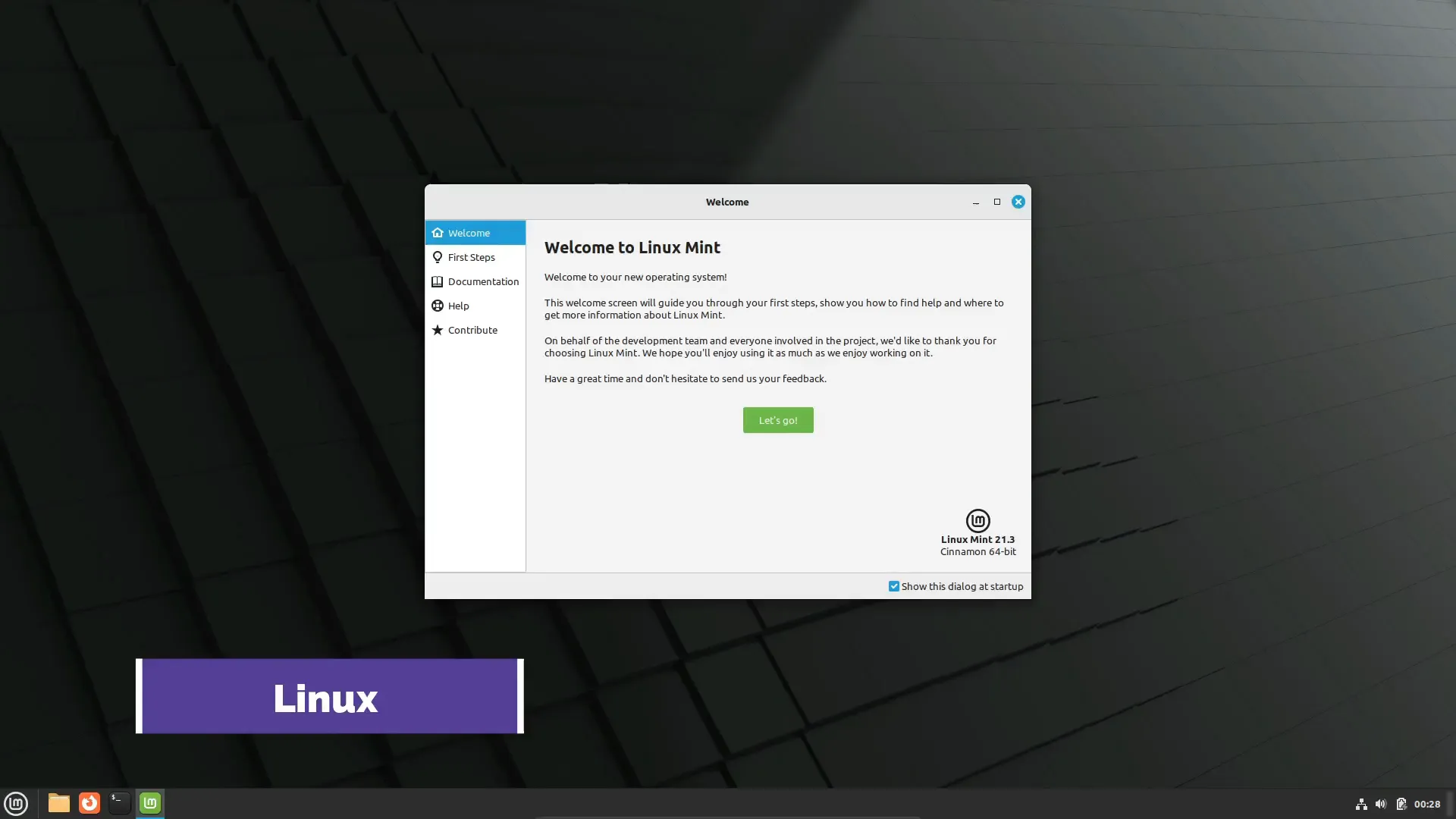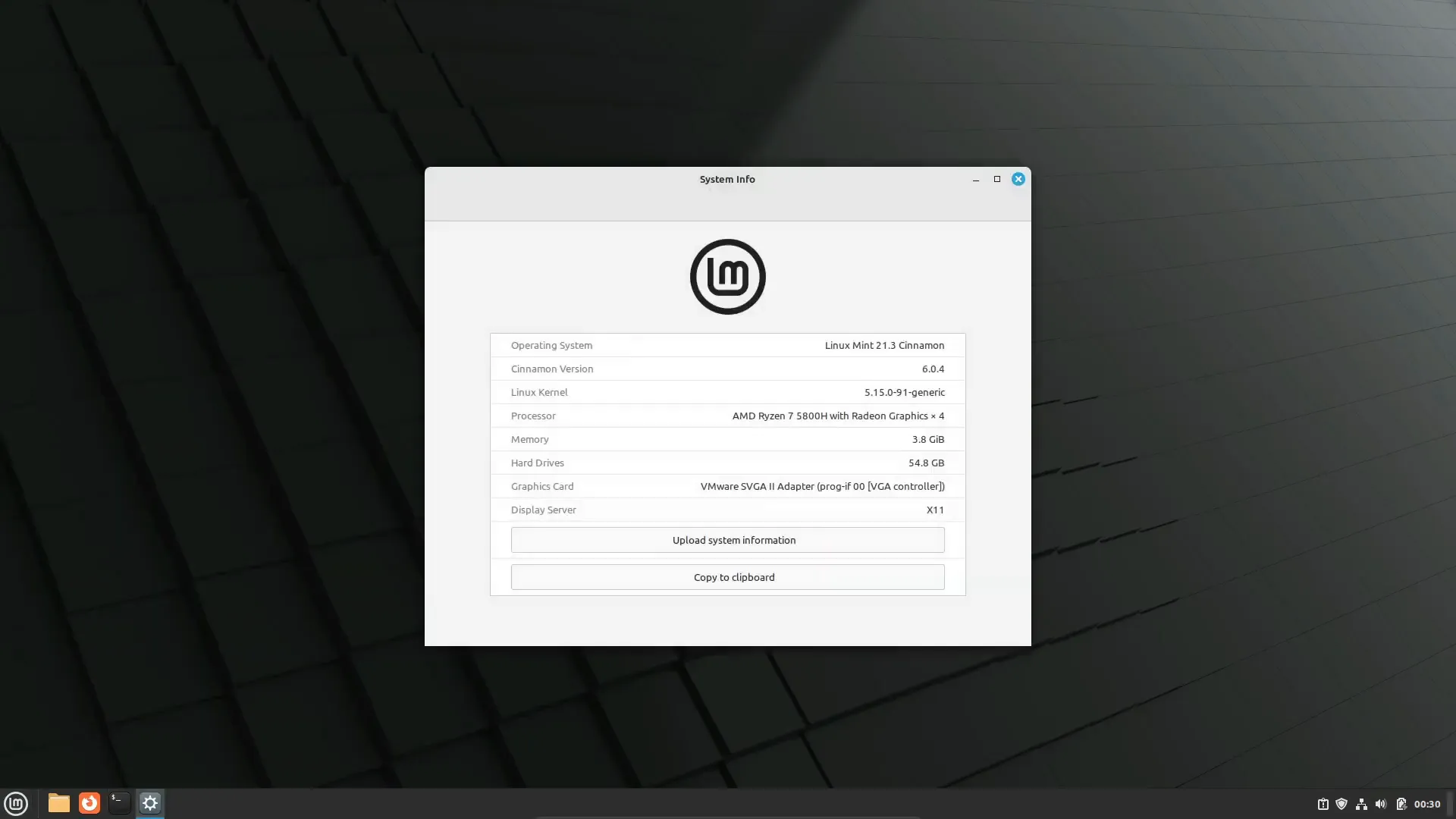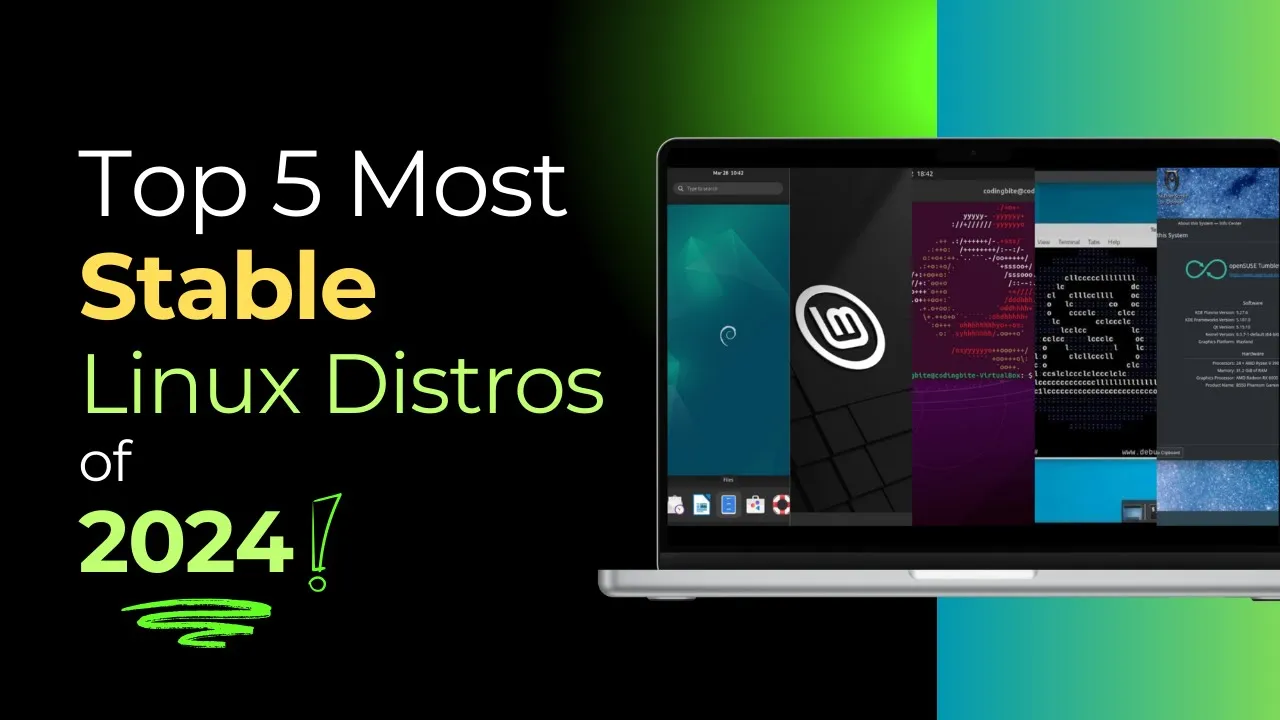In the world of operating systems, Linux distributions stand out for their stability, security, and flexibility. With an abundance of options available, it can be challenging to find a reliable version that meets your needs. This article will explore the top five most stable Linux distributions for 2024, ideal for both newcomers and seasoned users alike.
Understanding Linux Distributions
Before diving into the specifics, it’s essential to understand what a Linux distribution is. A distro refers to a version of Linux that compiles and integrates open-source codes into a cohesive operating system. This means that users can easily boot up, install, and use a Linux system tailored to their requirements. With various options available for desktop environments, applications, and software packages, Linux caters to a wide range of needs, including education, gaming, and software development.
The beauty of Linux lies in its diversity, allowing users to select a distribution that best fits their individual preferences and requirements. In this guide, we will focus specifically on stability, which is a crucial factor for anyone considering a switch to Linux.
1. Debian
Debian Linux is often regarded as the pinnacle of stability among Linux distributions. It is well-known for its user-friendliness, lightweight nature, and broad compatibility across various environments. The Debian development team takes an extended approach to release cycles, ensuring that most bugs are resolved before a new version is rolled out.

The latest stable version, Debian 12 (Bookworm), is freely available for download from the official site. One of Debian’s standout features is its effective bug repair processes, which guarantee a smooth user experience. The system requires minimal maintenance as it automatically updates software. Additionally, Debian’s official archive supports modern packages, allowing users to access up-to-date software without compromising stability. Its package manager, APT, efficiently handles dependencies and orphaned packages, simplifying system management for users.
2. Linux Mint
Next up is Linux Mint, a widely used distribution based on Debian and Ubuntu. It consistently competes for the top spot due to its user-friendly nature and extensive package availability. The latest release, Virginia, debuted in January 2024, and it includes essential software like LibreOffice, Thunderbird, and VLC Media Player.

Linux Mint is particularly well-suited for beginners, offering an easy installation process and multiple desktop environments, including Cinnamon, GNOME, and KDE. Its support for interactive multimedia means users can effortlessly engage in activities like watching videos and listening to music right out of the box. The package manager makes it simple to download additional software, further enhancing the user experience.
3. Ubuntu
Often considered the go-to Linux distribution for beginners, Ubuntu is pre-installed on many laptops and features its own repositories that are frequently synced with Debian. It provides a well-known open-source desktop environment with a rich array of applications, including office suites, email clients, and multimedia applications.

Ubuntu is celebrated for its user-friendly graphical interface, which can be customized to suit individual needs, making it ideal for both newcomers and experienced users. Furthermore, it offers a secure platform that ensures data privacy and protection. Supporting multiple desktop environments such as Unity, XFCE, and MATE, Ubuntu gives users the flexibility to choose a look and feel that best fits their workflow.
4. Slackware
Slackware Linux is one of the oldest continuously developed distributions, created by Patrick Volkerding in 1993. It caters to advanced users seeking a secure, stable, and reliable operating system. Known for its reliability and stability, Slackware is a popular choice among experienced users who value customizability.
Slackware can run on a wide range of hardware, from low-end PCs to supercomputers. Its continuous development ensures that the system remains up to date and secure. This flexibility and stability make Slackware a solid choice for users who seek a dependable and customizable Linux experience.
5. OpenSUSE
Last but not least, we have OpenSUSE, a distribution developed by various companies in collaboration with SUSE Linux. OpenSUSE is designed to provide a user-friendly environment for developers and users alike. Its focus on open-source tools aims to make these resources easily accessible.

OpenSUSE is known for its intuitive interface, making it easy for users to navigate and manage their systems. It also offers excellent support for graphics cards, ensuring a top-notch visual experience. Additionally, OpenSUSE supports various desktop environments, including GNOME, KDE, Cinnamon, LXDE, XFCE, and Openbox, allowing users to select the environment that best fits their workflow and preferences.
Conclusion
In summary, the top five most stable Linux distributions for 2024 are Debian, Linux Mint, Ubuntu, Slackware, and OpenSUSE. Each distribution has its unique features and is optimized for specific tasks, making them suitable for different types of users. Stability can be subjective, depending on your hardware and software needs, but opting for a distribution with long-term support (LTS) or a stable version tag is advisable when looking for a reliable operating system.
We hope this guide helps you find the perfect Linux distribution to meet your needs. If you enjoyed this article, feel free to share it with others who might benefit from this information.
